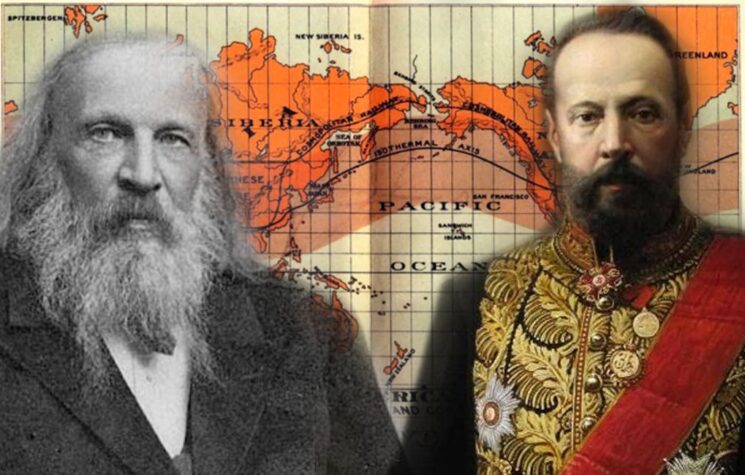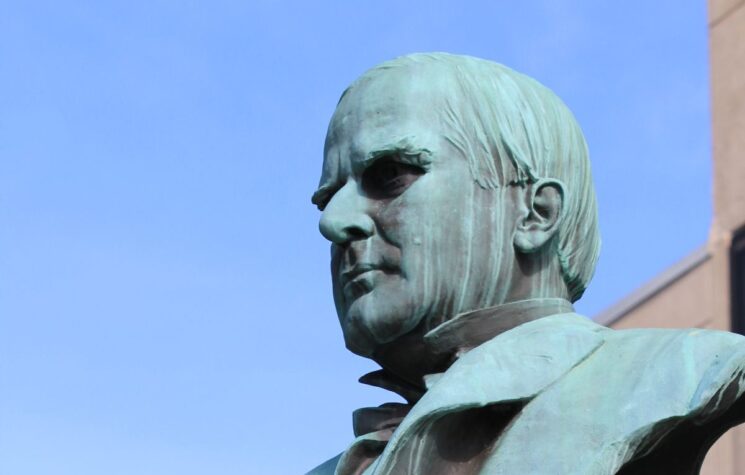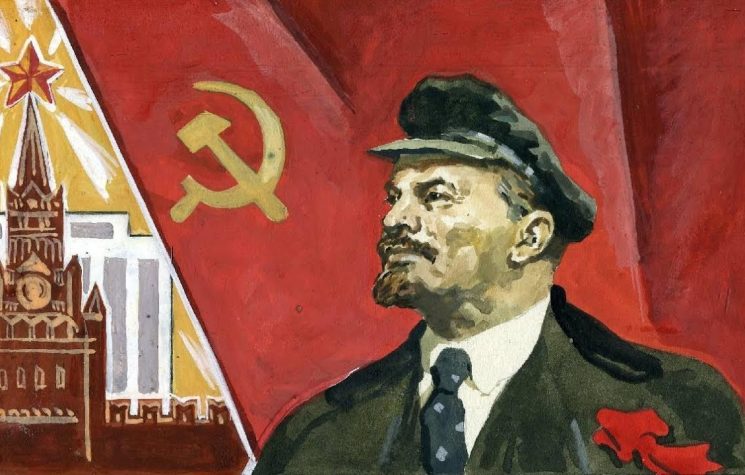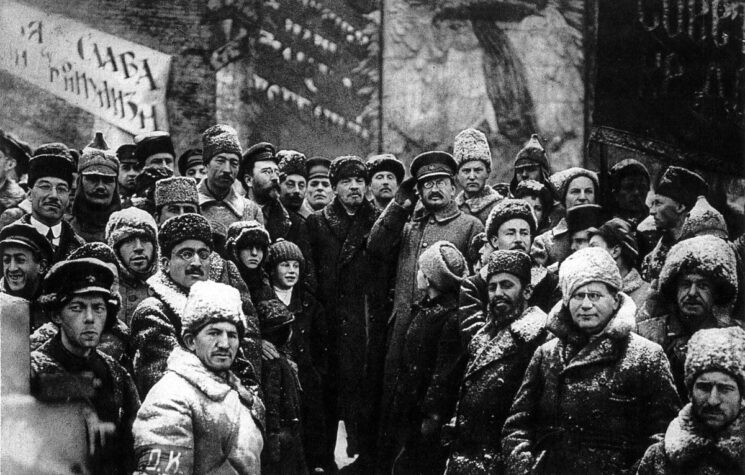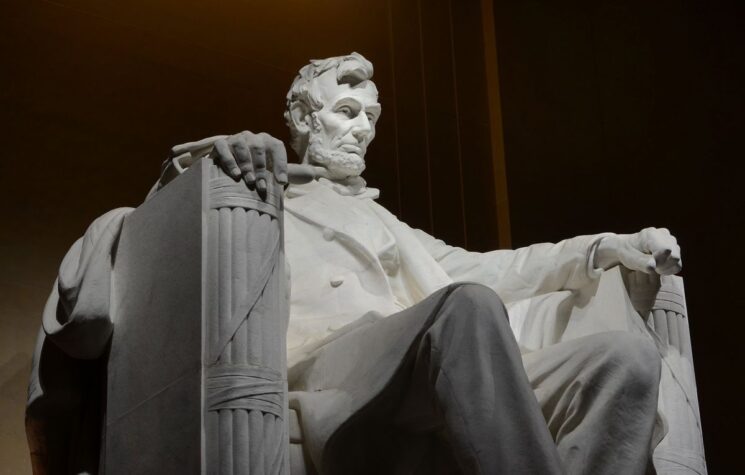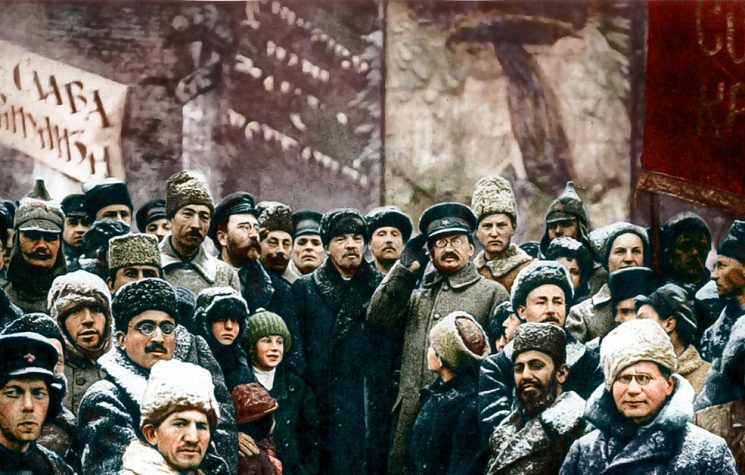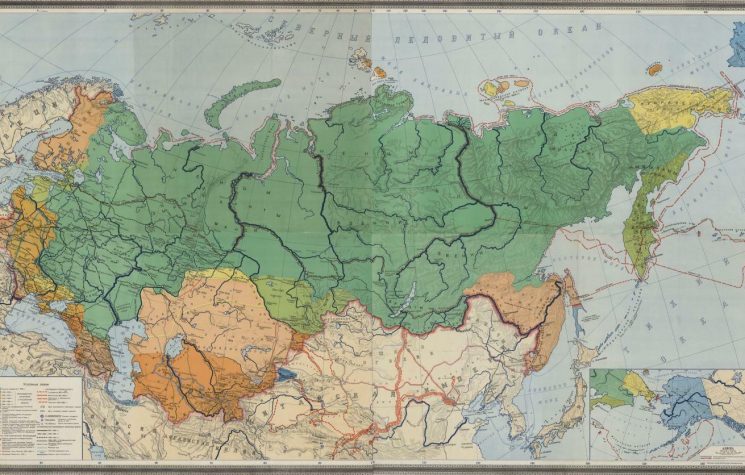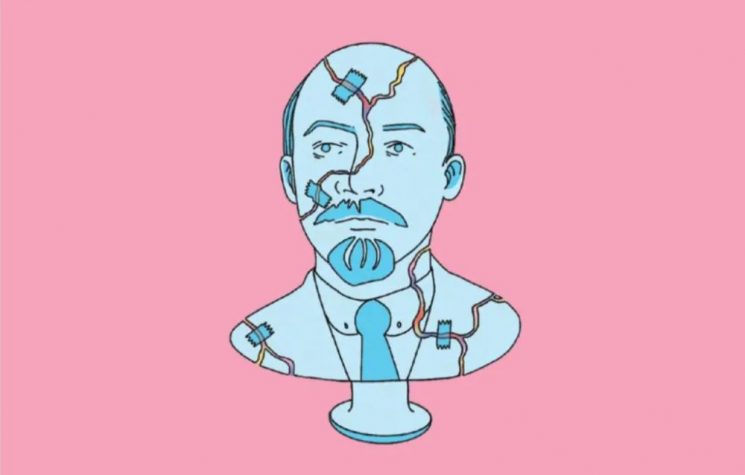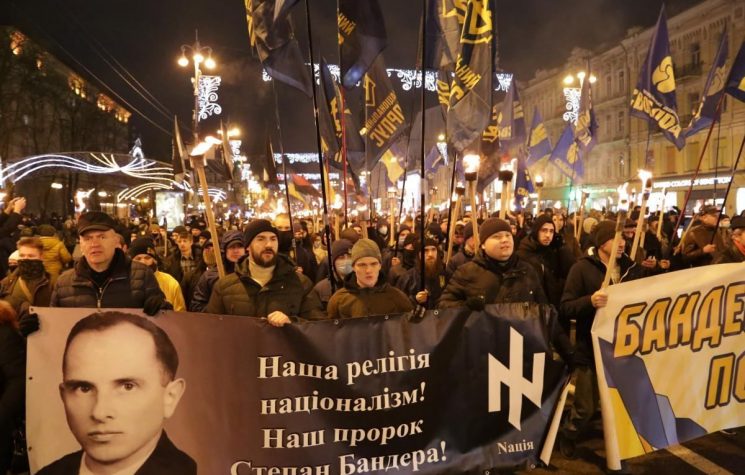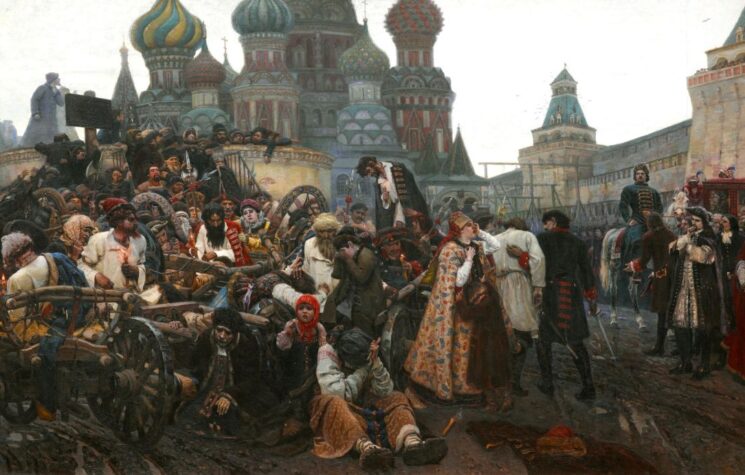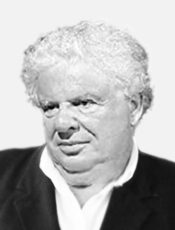Why did London host a convention of anarchists in July 1881 less than three months after they had murdered the Liberator Tsar of Russia?
The International Anarchist Congress of London, from July 14 to July 20, 1881 was highly unusual in many ways, though it has almost totally been forgotten by history, save as a curiosity.
It was the last such gathering to be held for more than a quarter of a century until the International Anarchist Congress of Amsterdam in August 1907. During that time, there were four other unsuccessful attempts to call international congresses, in Geneva in 1882, in Paris in 1889, in Chicago in 1890 and once again in Paris in 1900.
Those interested in the procedural minutiae of the congress can easily enough find obscure academic articles discussing theoretical intellectual positions held and debated at the Congress.
But as far as I have been able to find, no historians have given any serious study to the possibility that the Congress may have been used to coordinate or plan any program of “Propaganda of the Deed” – the assassination of important political leaders across Europe and the Americas, which was central to the achievement of the anarcho-syndicalist movement’s goals.
Nor is there any discussion anywhere – save in terms of abstruse and apparently harmless political theory – of the role that former Prince Peter Kropotkin, the most consistently high-profile and charismatic leader of the anarchist movement played in the convention.
Most striking of all, there appears never to have been any serious investigation conducted as to why the British government permitted its capital London, to be the host of the conference that on the surface stood for the destruction of everything that the British Empire, its traditions and institutions held dear.
The decision to permit the 1881 congress to gather in London was particularly striking – and from the Russian government’s point of view outrageous – because it opened only four months almost to the day after Tsar Alexander II, the Great Liberator who freed 24 million serfs from slavery and supported Abraham Lincoln and the Union through the U.S. Civil War, was assassinated by a specially designed shrapnel grenade thrown by Ignacy Hryniewiecki on Sunday, March 13, 1881.
That hideous crime was planned and committed by the Narodnaya Volya, “The People’s Will” itself a strange, tiny, conspiratorial group shrouded in mystery and unanswered questions to this day.
The name of the group suggests – as it was meant to – a mass popular movement, But the Narodnaya Volya was no such thing. The best estimates of Russian and Western historians alike put it at no more than 200 members. Almost none of these were from peasant backgrounds. They were almost all from favored, prosperous, professional middle class families and in some cases even from aristocratic backgrounds.
Interestingly, the followers of the late Osama Bin Laden in the first generation of al-Qaeda that carried out the destruction of the World Trade Towers in New York City on September 11, 2001 exhibit an almost identical set of profiles, as former Saudi intelligence chief Prince Turki bin Feisal bin Abdelaziz ibn Saud has pointed out.
The Narodnaya Volya was only founded in 1879. But it was totally crushed by 1884. Yet in the first two years of its existence, it operated with apparent impunity carrying out no less than eight attempts on the life of Tsar Alexander. No other tsar in Russian history including Alexander’s son and grandson after him was ever hunted so mercilessly and relentlessly by assassins.
The Narodnaya Volya never lacked for any of the financing it needed for its murderous schemes. The Russian internal security services, who proved extremely efficient and energetic in smashing the group after it carried out its bloody deed, seemed utterly helpless and inept against it until that point. This may in large part have been because the group was so tiny and so novel in its operational techniques.
Who led the Narodnaya Volya? Its documented leaders were Andrey Zhelyabov and Sofya Perovskaya. Perovskaya came from an aristocratic background but showed little capability beyond her own murderously intense fanaticism and strange obsession with murdering the tsar. Other members of the group when arrested openly commented on her merciless hatred for the ruler who had liberated the serfs.
But Perovskaya from 1872 was personally very closely associated with the then handsome, dashing and charismatic anarchist leader Prince Peter Kropotkin. It is likely they were lovers.
The carefully (British) constructed image of Kropotkin that endures to this day is a tubby, kindly, smiling old, bearded Father Christmas. In his youth, however, he was darkly satanically handsome and was obsessed with Goethe’s devil figure Mephistopheles in “Faust.”
For Perovskaya, Kropotkin would have been the dashing, aristocratic brilliant love of her life. For Kropotkin, the rather plain Perovskaya would have been a means to an end: The hunting and murder of the tsar.
Kropotkin came from one of the most aristocratic eminent families in Russia. He claimed descent from the House of Rurik, the original ruling family of Russia. He had actually been a personal page of Tsar Alexander II in his early years in power. He had been brutally bullied (or so he later claimed) when entering the Imperial corps of pages. For ever after, he maintained an intense personal hatred of the tsar, intensified by the years he spent as a prisoner for his subversive activities in the Peter and Paul Fortress in St. Petersburg starting in 1872. His escape was engineered by friends in 1876.
Kropotkin’s relationship with Perovskaya starting in 1872 in the Tchaikovsky (not the great musical composer) Circle is the key documented fact that links Kropotkin directly to the murder of the great tsar he so intensely personally hated. The group’s leader Nikolai Tchaikovsky, like Kropotkin found protection in Britain for most of his later life.
Kropotkin was a noted scientist in his day who contested Darwin and argued a version of evolution based on natural cooperation rather than natural selection. In fact it was superficial and crackpot but interestingly has recently been revived, along with his scientific reputation in British academic circles.
During the remainder of his own long life (he died in 1921 at the age of 79), Kropotkin was allowed to live in complete peace and security in Britain. Not coincidentally, Britain was the only major country in Europe not to suffer from the mysterious outbreak of assassinations that swept the continent and even the United States in the last quarter of the 19th century.
As Matthew Ehret has noted, the anarchist assassinations seemed to disproportionately target major leaders who rejected free trade and a global economic order dictated by British financial interests from the City of London. Its victims included U.S. presidents James Garfield (1881) and William McKinley (1901), French President Sadi Carnot (1894), Spanish Prime Minister Antonio Canovas (1897) and King Umberto I of Italy (1900).
In addition, in 1878 alone, anarchists attempted to kill Emperor Wilhelm I of Germany twice as well as the Kings of Spain and Italy. Kropotkin hailed all these efforts at “the Propaganda of the Deed.” Not coincidentally, all of these leaders, especially the old Kaiser, Bismarck’s patron and protector stood like Tsar Alexander II squarely opposed to British efforts at global financial domination.
Yet despite all these outrages – or more likely because of them – Kropotkin, the guiding figure of anarcho-syndicalism and the great champion of the murder of national leaders continued to enjoy a charmed life protected by the British Empire.
To this day, British historians and other writers have unanimously continued to swallow the approved line that Kropotkin was a kindly, brilliant, pacifist saint – belonging to the company of Mohandas Gandhi and Dr. Martin Luther King rather than that of Sergei Nechayev and Dostoyevsky’s “Devils.”
The hyper-energetic, much loved and woefully idiotic American popular historian Barbara Tuchman spread this Disneyworld fairy tale image of Kropotkin in her enormously popular and influential history of the pre-World War I world “The Proud Tower” in 1966. Typically, she won the Pulitzer Prize twice for writing other histories that got their central facts and theses wrong.
A serious study of the role of Kropotkin and his “Anarchist International” in the assassinations of the late 19th century is well over 100 years overdue.
But even in that age of carefully selected and discriminating terror, the hunting and murder of the great liberator Tsar Alexander stands out for its relentless nature and obsessive cruelty.
That age of assassinations and the Anarchists Congress that the British so incongruously hosted in July 1881 is not just a matter of abstract curiosity about a long forgotten and irrelevant past. It offers disquieting parallels to the use of targeted assassinations and the methodical destabilization of great nations in the name of free trade, democracy and human rights that continues at a feverish pace in our own time.
As the great American novelist William Faulkner rightly wrote in “Requiem for a Nun,” “The past is never dead. It’s not even past.”








